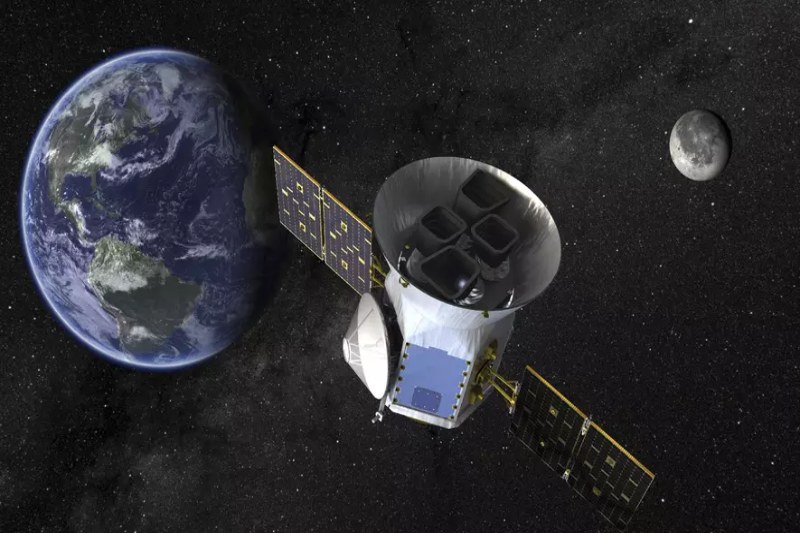NASA Declares an Exoplanet in the “Habitable Zone” to be a “Super-Earth”

NASA revealed that scientists are investigating whether a recently discovered “super-Earth” exoplanet, located 137 light-years from Earth, has the necessary characteristics to support life.
NASA verified in a news release last week that the planet, known as TOI-715 b, is approximately 1.5 times as wide as Earth and orbits inside a cautious “habitable zone” around its parent star.
The distance from the star that could allow the planet to reach the proper temperature for liquid water to form on its surface is known as the “habitable zone,” according to NASA. The planet is in “prime position” from its parent star because of its location in the zone, but astronomers pointed out that other conditions must also be met for the planet to have a viable atmosphere.
The planet can “crowd closer” and have a tighter orbit because its parent star, a red dwarf, is smaller and colder than the Sun. According to the NASA, this orbit makes the planet easier to detect and monitor more regularly, with a “year” for the planet equal to 19 Earth days.
NASA reported that TESS, or the Transiting Exoplanet Survey Satellite, which was launched in 2018, had found the planet. Other exoplanets in the habitable zone that NASA’s James Webb Space Telescope can view up close have been found by TESS.
A second planet the size of Earth may also be part of the newfound system, and it may be located just inside the conservative habitable zone. NASA said that if this is verified, it will be the smallest planet in the habitable zone that TESS has found to yet.